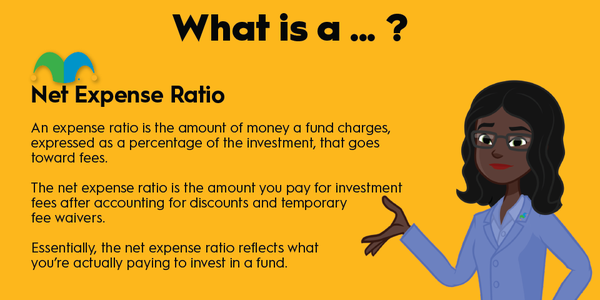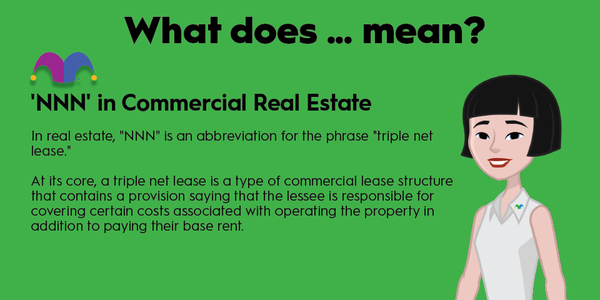NEM (CRYPTO:XEM), which stands for "New Economy Movement," is a programmable blockchain designed to be both more technologically advanced and easier to use than competitors. It's similar to Ethereum (ETH 3.51%) and other programmable blockchain networks, but NEM also has some key features that set it apart, including its unique proof-of-importance system.
While NEM did very well during the crypto boom in late 2017 and early 2018, it fell off quickly and hasn't been able to rebound. Investors have even been questioning if the project is still alive. In this NEM guide, we'll go over how it works and if there's any hope for a comeback.

What makes NEM unique?
What makes NEM unique?
NEM is built to be enterprise-ready. It's written in Java, a widely used computer programming language, and it's API-based, which allows separate computer programs to communicate with each other. Its most notable feature is its smart assets system, which allows users to model real-world assets using the NEM blockchain.
Users can create their own crypto tokens, called mosaics, on NEM. To do this, they must first register a namespace, which is like a web domain. They can then issue mosaics, which are like the files, under the namespace. Mosaics are versatile and have many potential applications, such as providing voting rights on the user's project or being used as a store of value.
Although NEM has similar functionality to other blockchain projects, it has a different way of validating transactions. Many blockchains use a proof-of-work system introduced by Bitcoin (BTC 5.16%), where miners must show they've expended computing power to confirm transactions. Another popular option is proof of stake, where validators are chosen based on the amount of cryptocurrency they've put up as collateral.
NEM introduced the proof-of-importance consensus algorithm. The algorithm is different from proof of stake because instead of the greatest participation opportunities going to people who have invested the most, token owners who own more than a certain threshold of tokens are rewarded with an "importance score" for generating authentic network transactions, incentivizing blockchain usage and growth.
Where NEM came from
Where NEM came from
A user on the BitcoinTalk forum called UtopianFuture is the founder of NEM. UtopianFuture started a discussion about it on Jan. 19, 2014, with the goal of having it managed exclusively by members of the community.
The original idea was to build on another cryptocurrency project, Nxt (CRYPTO:NXT), but the developers later decided to start their own blockchain. NEM launched its mainnet on March 31, 2015. By that time, UtopianFuture had left NEM.
A team of anonymous developers and marketers are in charge of NEM. In 2017, the NEM Foundation nonprofit was started to help guide the project.
How NEM works
How NEM works
NEM is a blockchain platform, and the XEM token is its native cryptocurrency. Both the maximum supply and the circulating supply are 8,999,999,999 XEM tokens.
Transactions are verified on NEM using its proof-of-importance system. When a block of transactions is ready to be validated, the NEM protocol chooses a harvester (its term for a validator) using an importance score. This score is based on a harvester's:
- Stake: The amount of XEM tokens they have vested.
- Net transfers: XEM spent in the past 30 days, with more recent transactions being more heavily weighted.
- Cluster nodes: Whom the harvester has transacted with. Accounts that are part of activity clusters are more heavily weighted than outliers.
A harvester's stake is their vested holdings, and the minimum to harvest is 10,000 XEM. After you acquire XEM, 10% per day is vested. Let's say that you receive 30,000 XEM. After one day, 3,000 XEM would be vested, leaving 27,000 XEM unvested. The next day, 2,700 XEM would be vested, and so on. Once you reach 10,000 vested tokens, you can start harvesting.
NEM doesn't require that all harvesters contribute their computing power to the validation process. Instead, each harvester can link their account to an existing supernode. Harvesters are essentially providing their importance score to the supernode, giving it a greater chance of being chosen, and the supernode uses its computing power to validate blocks of transactions.
Partnerships
Because NEM is one of the older blockchain networks, it has had time to build connections with a variety of companies and projects. Here are some of the notable NEM partnerships:
- Unibright, an enterprise blockchain solutions company, partnered with NEM to provide blockchain training to its developers on the NEMsp Network.
- Good Crypto, a portfolio management and trading app, started working with NEM by integrating NEM wallets into its app.
- KardiaChain (CRYPTO:KAI), a blockchain infrastructure, integrated the XEM token into its KAI Membership dApp (decentralized app) to expand its ecosystem.
- Travala and TravelByBit, two travel booking companies that accept digital currencies, support XEM payments.
Unique risks
Unique risks
NEM has had serious issues related to mismanagement. Many investors lost faith in the project, and it currently has little web presence.
One of the major issues for NEM is the NEM Foundation. At the start of 2019, the NEM Foundation's new council announced that there had been very little accountability for funds and a questionable ROI, and that the foundation had been burning through about 9 million XEM per month.
Due to this mismanagement, it had only a month of funding left and needed to lay off employees. Members of the NEM community approved a request by the foundation to release 210 million XEM from reserves to help it move forward. NEM hasn’t been in the news much since then, but daily transaction volume continues on the NEM network and there are signs of activity in the official NEM Twitter feed.
One reason for NEM’s seeming loss of momentum seems to be the NEM team’s launch of a new blockchain, Symbol (CRYPTO:XYM), in March 2021. Symbol is described as “the spiritual successor of NEM” and an open-source decentralized blockchain platform that connects businesses to the blockchain. Existing XEM holders were able to register for an airdrop to receive XYM tokens equal to the number of XEM tokens they had. Although the team is reportedly still supporting NEM, the fact that it has started a new blockchain project doesn't bode well for NEM's future.
There are signs that NEM will continue to live side by side with Symbol, or NEM could become a subchain of the Symbol network. The two projects currently share a single Discord channel for community communication since there is significant overlap of participants and discussion topics.
Related investing topics
Is NEM a good investment?
Is NEM a good investment?
Based on the lack of activity surrounding NEM, it's a poor choice as an investment. It may not be entirely dead or abandoned, but it certainly looks that way from the outside.
Just about any quality cryptocurrency project will have a website where people can learn more about it. If you go to the NEM.io website, it just invites you to join the NEM-Symbol Discord channel without explaining what NEM is. Also, the nemproject documentation in Github is incomplete and out of date.
Most cryptocurrencies also have a subreddit and/or an official forum. NEM has both, but neither gives a good impression. The NEM subreddit is full of spam and has hardly any discussion of the project. The NEM forum is in read-only mode, so all you can do is browse previous topics and replies.
Cryptocurrencies that are worth investing in have actual websites and active communities that are excited for the future. NEM doesn't. There are much better options available, from more well-known cryptocurrencies to cryptocurrency stocks. While all crypto investments are risky, these other options at least have growth potential.
How to buy NEM
How to buy NEM
For U.S. investors, there are a limited number of options to buy NEM. It's not available on many of the top crypto exchanges, at least the ones that can operate in the United States. Here are a few platforms that have NEM available:
NEM was an exciting blockchain when it launched, but 2015 was a lifetime ago in crypto years. At this point, NEM is a part of cryptocurrency's history, but it likely won't be a big part of its future.



























